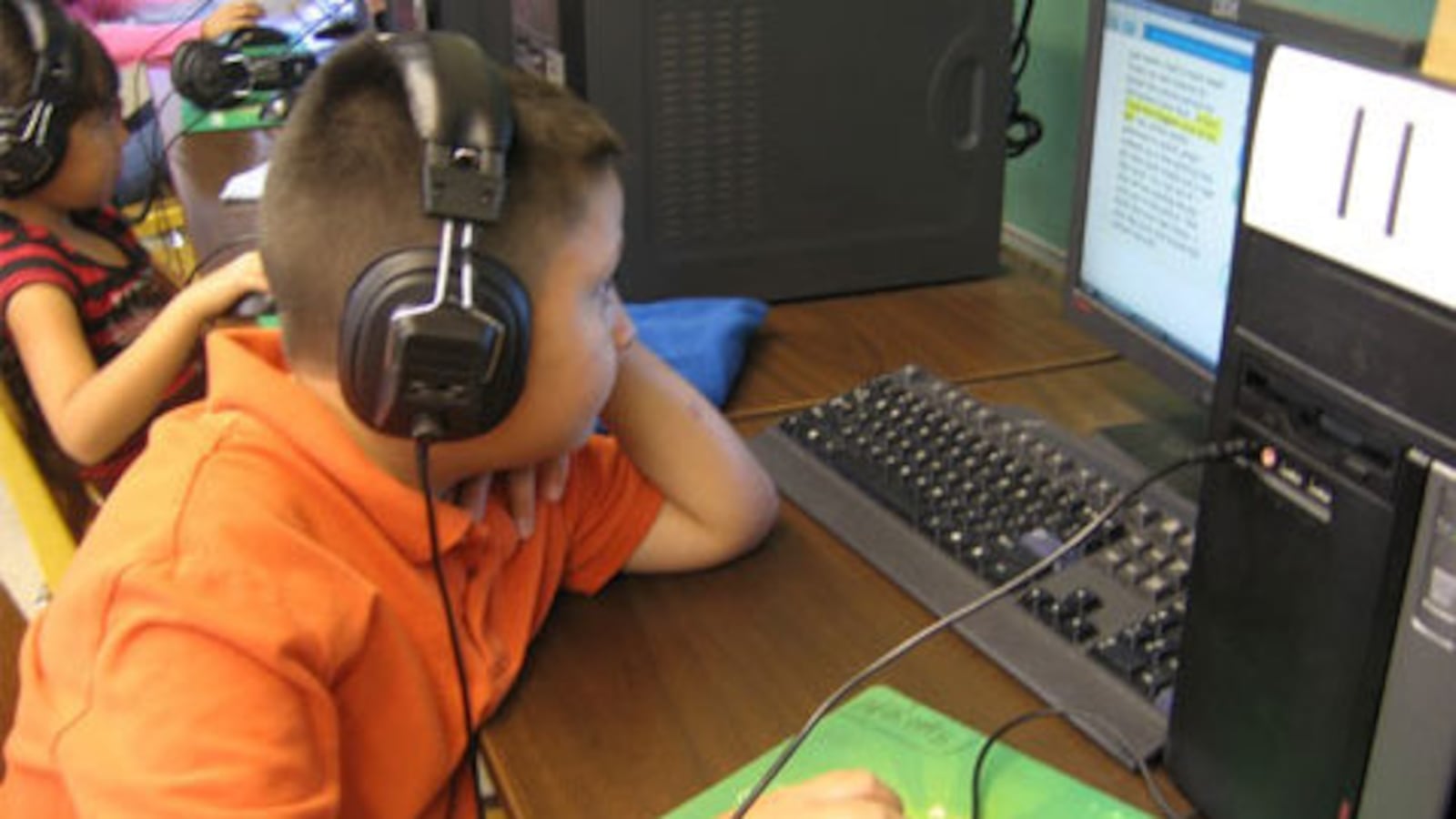Online schools in Colorado could see more dollars after the State Board of Education voted to change how it allocates federal money that subsidizes the cost of educating low-income kids.
The state will change how Title I money is allocated for students enrolled in multi-district online schools. Previously, the money went to a student’s home district, even if that district was not where the school was based. Now, after a unanimous vote by the State Board of Education in June, the money will go to the district that is home to the school.
The idea is to make funding more equitable, with the money essentially following the student.
The change will impact 29 multi-district online schools in 17 districts across the state, and sets aside an estimated $1.89 million in Title I dollars.
The board’s decision could send money to schools of questionable quality, with several of the 29 schools on the state’s watchlist for persistent poor performance on state tests.
The state began piloting the practice in 2014 with HOPE Online’s elementary school, which is authorized by the wealthy Douglas County school district. The state expanded the program to include HOPE’s middle and high school programs for 2015-16, and then added Byers-based Elevate Academy for 2016-17.
HOPE CEO Heather O’Mara said in a statement the school’s participation in the pilot program has led to improvements in student achievement.
“We serve a highly-impacted population, and the funding has provided additional support to students who have found immeasurable benefit in our learning model,” O’Mara said.
While HOPE has seen slight increases in student test scores, it wasn’t enough to save the charter school network from state intervention earlier this year.
The redistribution does not guarantee increased funds for the schools, said Leanne Emm, the state education department’s chief financial officer. The home districts for these online schools will receive more money, which will be redistributed based on need, Emm said, meaning that if a multi-district online school does not have a high poverty rate, then that school might not receive any additional Title I funds from its district.
Emm said the board’s decision was more about ensuring resources for students, and not necessarily a statement about their faith in online schooling.
“The board supported the notion that the student’s Title I funds should be available to the districts where they were serving the students,” Emm said.

